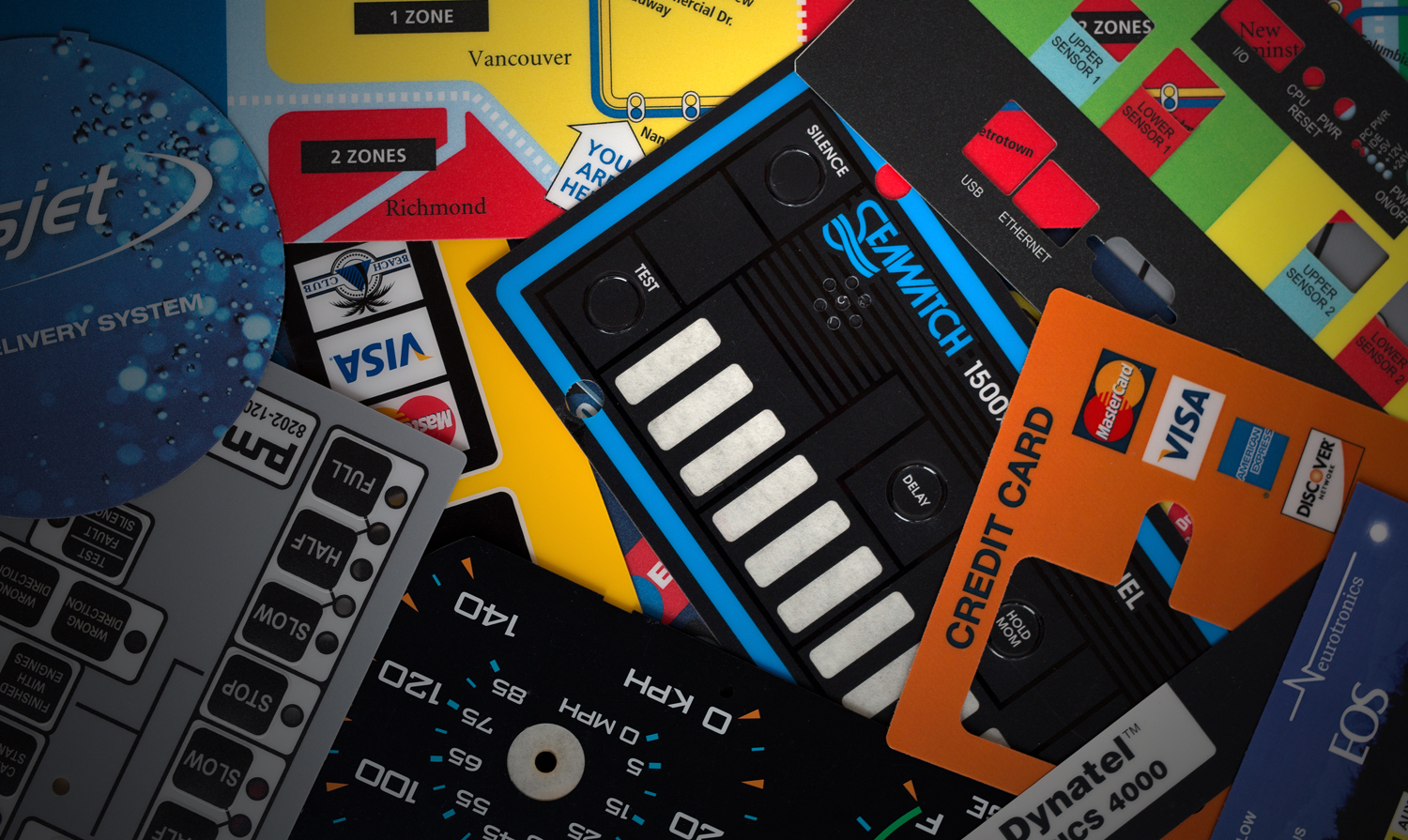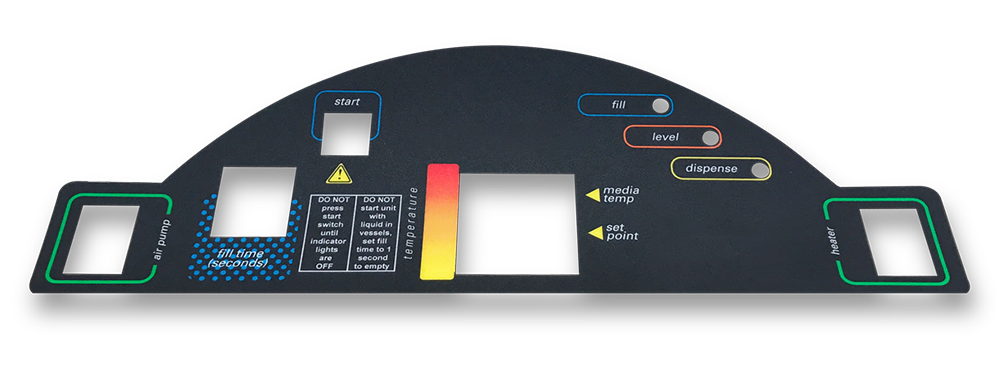The Difference Between Regular and Rugged Graphic Overlays
The Difference Between Regular and Rugged Graphic Overlays
Blog Article
Recognizing How Graphic Overlays Work to Enhance Your Innovative Projects
Graphic overlays offer as an essential component in the realm of imaginative tasks, boosting both visual interaction and target market engagement. The successful integration of these overlays needs careful consideration of style principles and purposes.
What Are Graphic Overlays?
Graphic overlays are aesthetic aspects that are put on top of a base picture or user interface to boost interaction and user experience. They offer various purposes, including supplying extra information, guiding individual communication, and improving aesthetic allure. Common applications of visuals overlays can be located in electronic interfaces, marketing, and educational products.

Graphic overlays are commonly developed using style software program, permitting developers to control dimension, color, and transparency to accomplish the desired effect. They can be vibrant or static, with computer animations that draw the viewer's eye and boost interaction. The critical usage of graphic overlays not only boosts aesthetic hierarchy yet additionally help in supplying a coherent and clear message. Because of this, recognizing exactly how to effectively execute visuals overlays is important for developers aiming to boost their creative tasks.

Benefits of Using Graphic Overlays
Making use of graphic overlays can significantly improve the effectiveness of visual interaction across numerous mediums. One of the key benefits is the ability to convey intricate information succinctly. By layering graphics, text, and images, overlays assist in the discussion of data in a more absorbable style, making it much easier for audiences to grasp key concepts rapidly.
Furthermore, visuals overlays can increase visual charm, attracting focus to details elements within a layout. This is especially helpful in marketing and advertising, where capturing the viewer's interest is vital. The strategic use shades, forms, and typography in overlays can produce a appealing and cohesive visual narrative, enhancing brand name recognition.
In addition, graphic overlays give versatility in design. They enable designers to adjust content for various systems without starting from scrape, making sure consistency throughout various channels. This versatility is essential in today's digital landscape, where content should be optimized for varied devices and styles.
Kinds Of Graphic Overlays
When taking into consideration the numerous kinds of graphic overlays, it is crucial to recognize their varied applications throughout various markets. Graphic overlays can be classified largely right into three kinds: practical, decorative, and educational.
Functional overlays are created to improve the usability of an item. Generally located in digital devices, these overlays usually give tactile comments that site with increased switches or textured surface areas, boosting individual interaction. They can also function as a safety layer, guarding the underlying parts from damage.
Attractive overlays concentrate on visual enhancement, enabling brands to reveal their identification via dynamic layouts and personalized graphics. These overlays are widespread in packaging, advertising and marketing, and point-of-sale materials, where visual charm is critical for drawing in customers.
Educational overlays, on the other hand, are made use of to communicate vital data or instructions. They can be seen in applications such as signs, customer guidebooks, and educational graphics, where clarity and readability are vital.
Each kind like it of graphic overlay offers a special purpose, adding to the overall efficiency of creative jobs while addressing specific needs within numerous markets. Recognizing these differences is crucial for choosing the best overlay for your task.
Ideal Practices for Execution
To make certain the successful execution of graphic overlays, it is important to establish a clear understanding of the job's purposes and the certain needs of the end-users. Begin by conducting complete research to identify the target audience and their choices, as this will certainly inform style options and capability.
Next, create a thorough strategy that describes the overlay's objective, design, and combination procedure. This plan should consist of interface considerations, making sure that overlays boost as opposed to obstruct the customer experience - Graphic Overlays. Consider the visual pecking order and preserve consistency in style elements, such as shade font styles, systems, and icons, to advertise brand name coherence
Testing is necessary; gather feedback from a depictive example of individuals to recognize potential concerns and areas for improvement. Iterate on the design based on customer input and efficiency data. Furthermore, make sure compatibility across different tools and systems to make best use of ease of access.
Devices for Producing Overlays
Producing efficient visuals overlays requires the right devices to translate design principles into practical applications. Different software and systems are available, each customized to particular needs and ability levels.
Adobe Photoshop and Illustrator are industry requirements, providing considerable capabilities for producing and controling overlays. These devices supply innovative functions such as layer management, blending modes, and vector graphics, enabling developers to produce premium and detailed overlays.
For those seeking a much more easy to use approach, Canva and Figma are excellent choices (Graphic Overlays). Canva's user-friendly interface enables individuals to develop overlays rapidly making use of pre-designed design templates, while Figma facilitates collaborative design in real-time, making it optimal check out here for groups
Additionally, open-source alternatives like GIMP and Inkscape supply robust performances without the connected costs of exclusive software application. These devices permit versatility in layout and can suit numerous documents layouts, ensuring compatibility across various platforms.

Conclusion
In final thought, graphic overlays offer as effective tools for improving innovative tasks by giving aesthetic clearness, aesthetic charm, and brand consistency. By comprehending the essential principles and benefits linked with visuals overlays, developers can substantially improve the quality and effectiveness of their visual communications.
Graphic overlays serve as a critical component in the realm of innovative jobs, enhancing both aesthetic interaction and audience interaction.Graphic overlays are commonly developed utilizing design software program, allowing designers to adjust shade, size, and transparency to achieve the wanted impact.In addition, graphic overlays can improve aesthetic charm, attracting attention to certain components within a style.In addition, graphic overlays offer adaptability in design.In final thought, graphic overlays serve as effective tools for boosting creative tasks by giving aesthetic quality, aesthetic allure, and brand name consistency.
Report this page